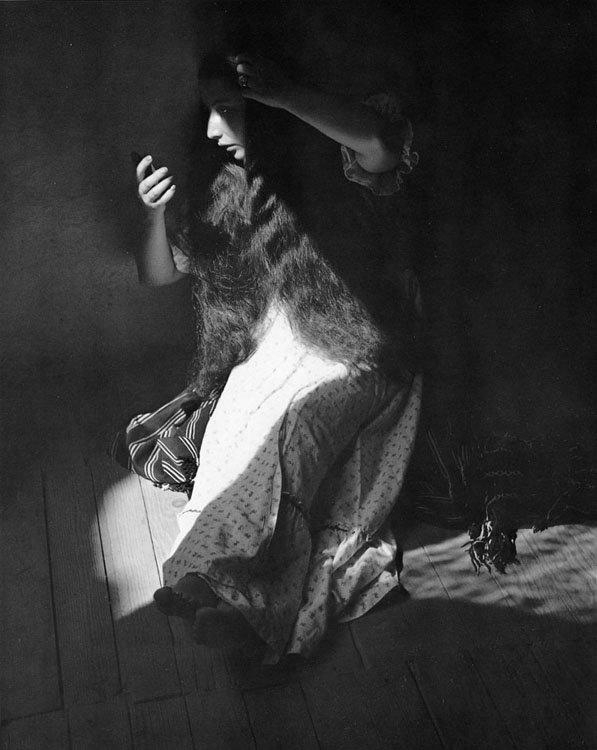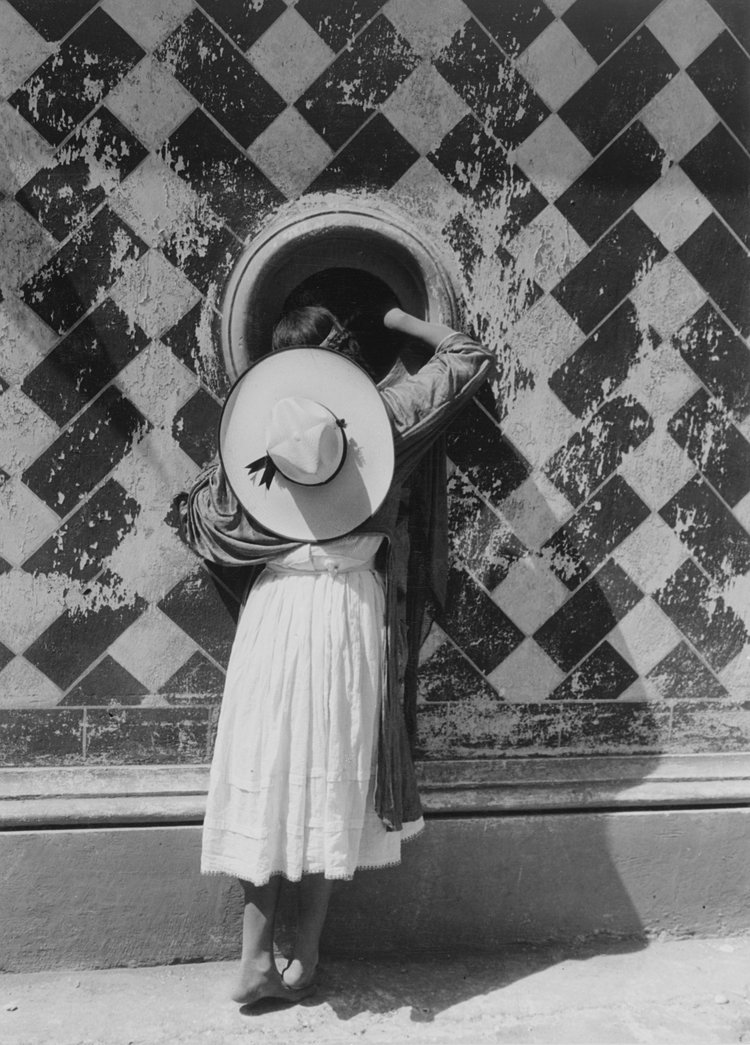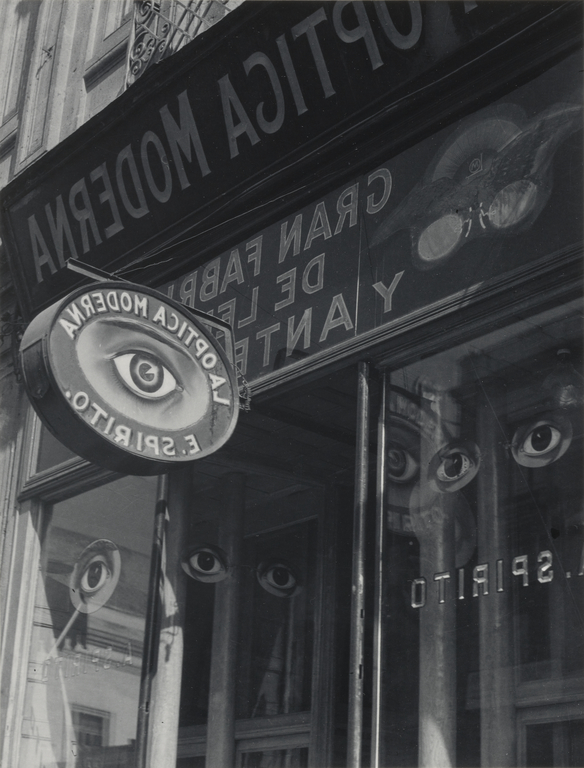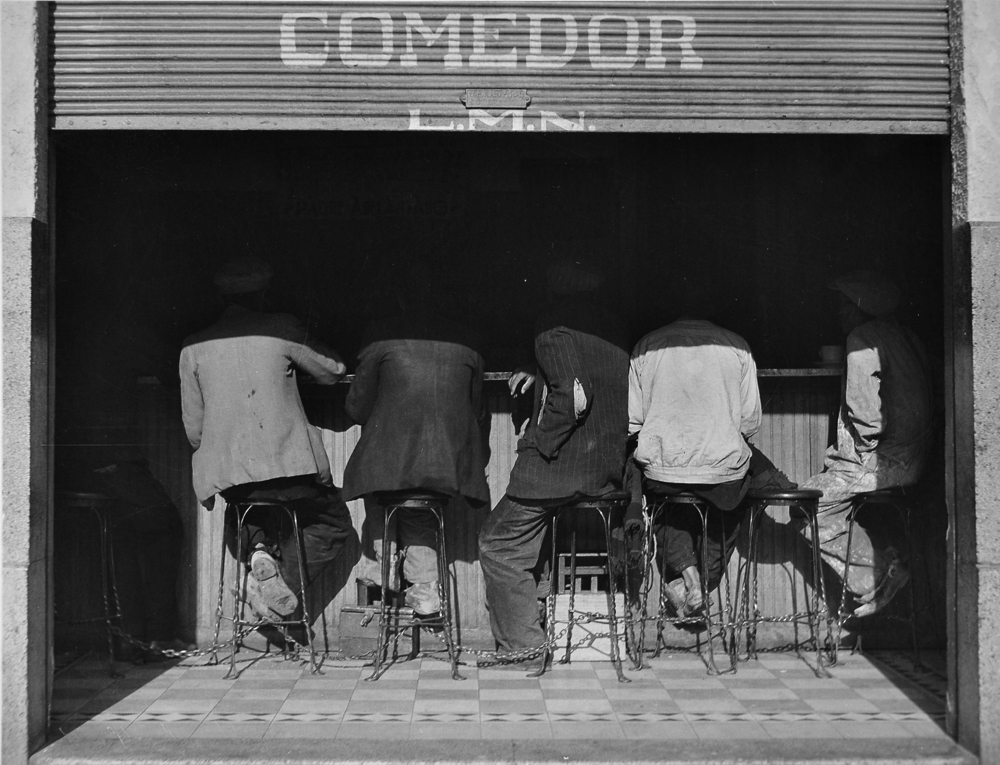Manuel Álvarez Bravo
(MEXICAN 1902 - 2002)
Manuel Alvarez Bravo was one of the founders of modern photography and considered the main representative of Latin American photography in the 20th century. His work extends from the late 1920s to the 1990s. Álvarez Bravo was born in downtown Mexico City on February 4, 1902. He left school at the age of twelve in order to begin making a contribution to his family’s finances after his father's death. He worked at a textile factory for a time, and later at the National General Treasury.
Both his grandfather (a painter) and his father were amateur photographers. His early discovery of the camera awakened in him an interest that he would continue to cultivate throughout his life. As a self-taught photographer, he would explore many different techniques, as well as graphic art. Influenced by his study of painting at the Academy of San Carlos, he embraced pictorialism at first. Then, with the discovery of cubism and all the possibilities offered by abstraction, he began to explore modern aesthetics. He had his initiation into documentary photography in 1930: when she was deported from Mexico, Tina Modotti left him her job at the magazine Mexican Folkways. He also worked for the muralists Diego Rivera, José Clemente Orozco and David Alfaro Siqueiros.
Álvarez Bravo is an emblematic figure from the period following the Mexican Revolution—often called the Mexican Renaissance. It was a time of a creative fertility, owing to the happy—though not always tranquil—marriage between a desire for modernization and the search for an identity with Mexican roots, in which archaeology, history and ethnology played an important role, parallel to the arts. Álvarez Bravo embodied both tendencies in the field of visual arts. Between 1943 and 1959, he worked in the film industry doing still shots, which inspired him to realize some of his own experiments with cinema.
While he was alive, he held over 150 individual exhibitions and participated in over 200 collective exhibitions. According to several critics, the work of this "poet of the lens" expresses the essence of Mexico. However, the humanist regard reflected in his work, the aesthetic, literary and musical references it contains, likewise endow with a truly universal dimension. He died on October 19, 2002, at the age of one hundred.




